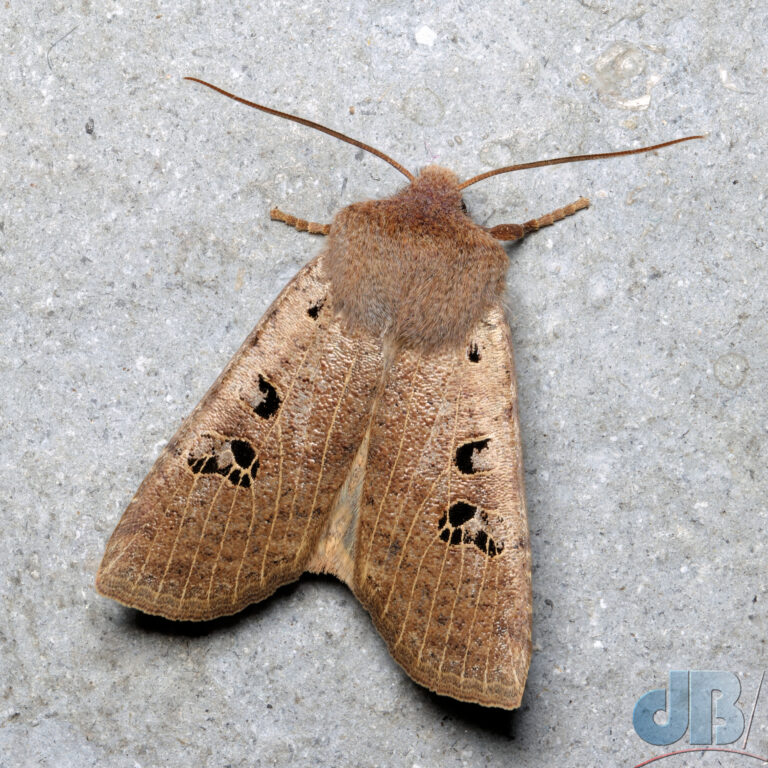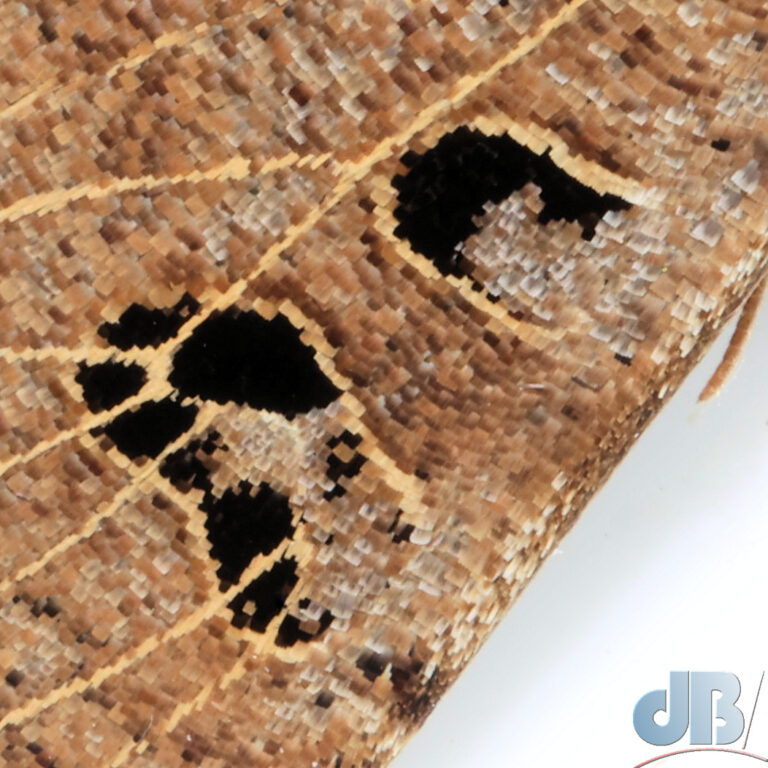In my first couple of years of garden mothing, almost everything species that appeared was new to me, there were dozens and dozens. Well over 120 moths I’d never knowingly seen before. In subsequent years, there were the dozens of regulars, but even then still a few dozen species that were new to the garden each season, 38 in 2020, 40 in 2021.

By 2022, I was more experienced and becoming more fastidious when it came to recording some of the smaller moths, so the NFG (new for garden list) jumped to 69 in 2022. In 2023, it had gone back down a little to 44. It was likely that by 2024, I’d be recording my regulars and very few NFGs but I’ve still ticked 31 NFGs this year, including a nice surprise on 10th November, Black-spotted Chestnut, Conistra rubiginosa. Looks like a typical small, grey noctuid (owlet), the markings are almost like a broken-up version of the markings on the Setaceous Hebrew Character but with pale golden threads running through, somewhat resembling Lunar Underwing. The species has black spot on each shoulder. My specimen was more brown than grey. There is also a variation that lacks the black stigmata markings.

According to UK Moths, this species was not known in the UK until in 2011. It is now present across nine counties from Essex to Buckinghamshire and northwards to Huntingdonshire. Numbers are rising, which suggests that it is breeding in the UK. It was first noted here in Cambridgeshire in 2018, the Cambs Moths site tells me, with subsequent sightings in Fordham and Cambridge. And, as of my sighting on the 10th November, Cottenham.
The males are on the wing from late November to February, with sightings noted as early as October and as late as April in the UK. It’s usually found in central and southern Europe and north into Fennoscandia, Lithuania and Latvia and east to Ukraine and Turkey.
UK Moths says it’s hard to distinguish between the sexes in living specimens. However, the Wikipedia entry shows a clearly wingless female!